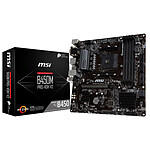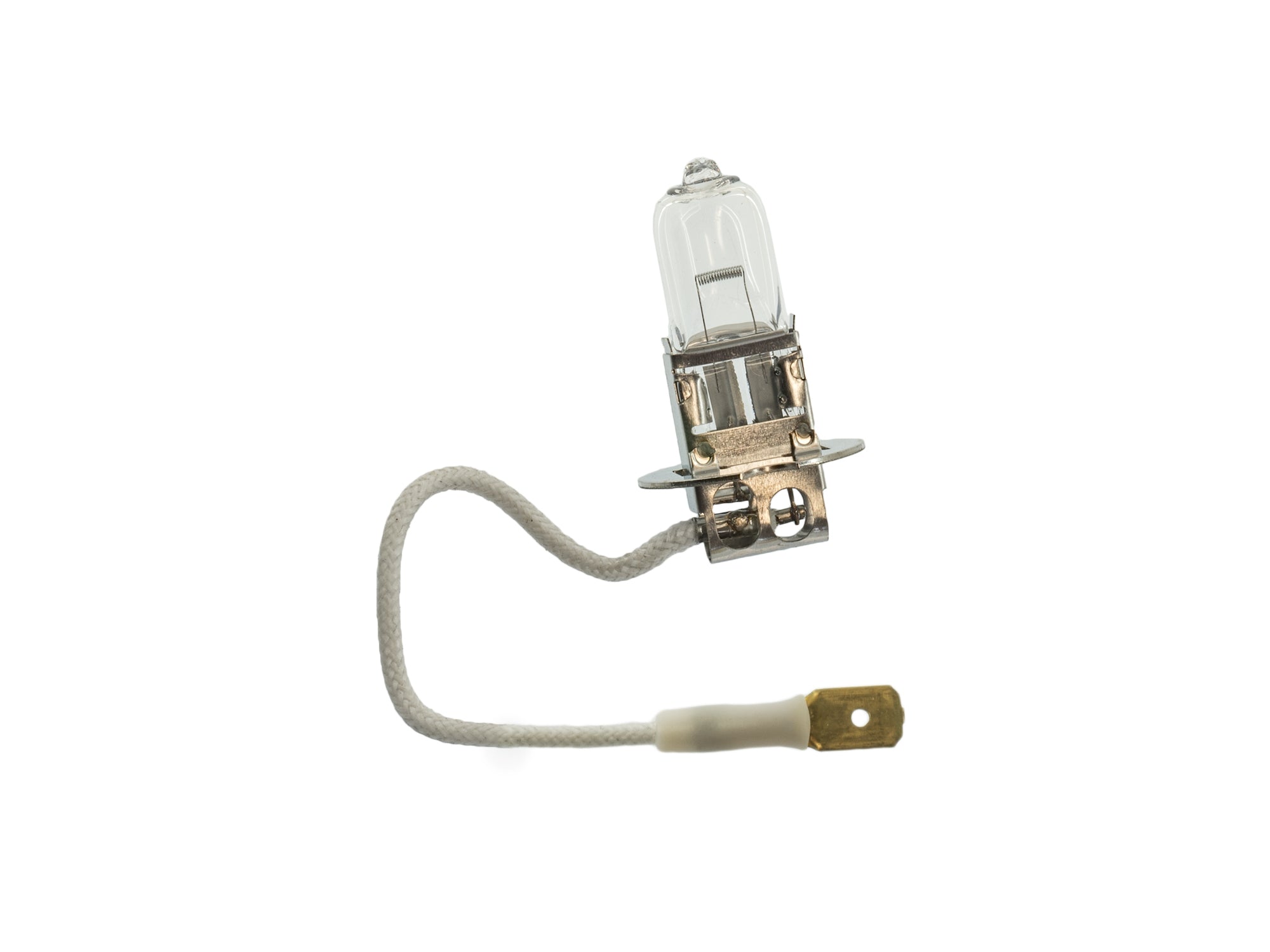
If you're looking at a sailboat converted from an inboard engine to an outboard, be observant when you take the boat for its sea trials. (This virtually never happens in the reverse, however, as boats built for outboards do not have the room or structural support for an inboard engine to be later added.) The two catboats shown in these photos, for example, are of roughly the same size, and one has an outboard while the other has an inboard.Īs boats age, however, engines sometimes need to be replaced, and sometimes an owner replaces the original inboard engine with an outboard. Yet you may still need to decide between Boat A with one type and similar Boat B with the other. But, almost all of the other many boats under 30’ out on the water around here are outboard powered and trailered to the ramp for a day on the water fishing or whatever, and I see lots of smiling faces on those boats, so the outboard set up seems to do the job for most.The huge majority of sailboats large enough to have a motor were built for either an inboard or an outboard, so you'll usually be choosing between boats that already have one or the other installed. I am content with my General Marine 26, diesel low in the bilge with straight shaft through a reduction gear, wheel and rudder largely protected by keel/skeg. For me, the later list outweighs the former list in my area of operation and for my purposes, although strong and maybe compelling arguments can be made to the contrary.

are also for some operators important considerations. Weight position and related ultimate stability, reliability, robustness, on the water repair-ability, safety (relative flammability of fuel type), ability to deal with errant logs, kelp, monofilament, webbing, cork lines, occasional groundings, etc. Those are three important considerations, for sure.

I also tend to believe that for boats under 32' or under 16,000 lbs +- for recreational use, the outboard starts to make more sense from a performance/fuel consumption perspective.Ĭlick to expand.Very useful data for performance, fuel efficiency and noise levels.
Pixave vs inboard trial#
I'm posting these sea trial numbers to help educate those who are interested in the performance aspect of the diesel inboard versus gasoline outboard. For me personally, the most important numbers are cruise speed and fuel burn at cruise speed, where the diesel wins easily in this size of boats. The outboard's higher HP and less drag obviously yields a higher top speed. It's also easy to see that when the outboard HP is significantly higher, sometimes 2X more than the diesel HP, that the outboard is faster on the top end. When you look at the numbers, it's easy to see that in a cruiser style boat 32' and larger, the diesel has a definite advantage in lower fuel consumption at cruise speeds, which is the speed where most of us run our boats. I believe when you compare the performance differences of the Back Cove boats, you are getting about as fair of a comparison as possible. These comparisons are about as fair and even-handed as you will get they build virtually the same boats in diesel or outboard configurations, and they have no reason to skew the numbers to make one fuel type seem more advantageous than the other.

For those interested in comparing performance and fuel consumption between an inboard diesel boat versus an outboard powered boat, Back Cove yachts provide some good apples-apples performance comparisons between their diesel and outboard powered boats.


 0 kommentar(er)
0 kommentar(er)
